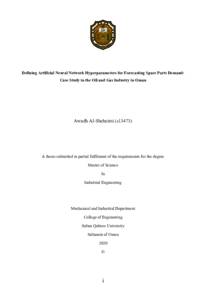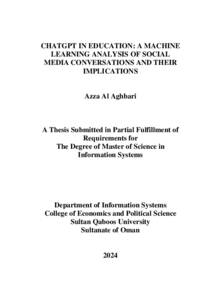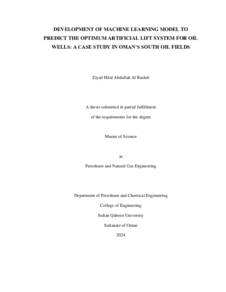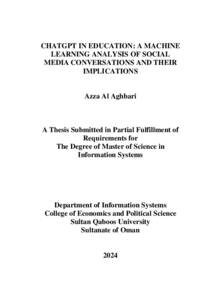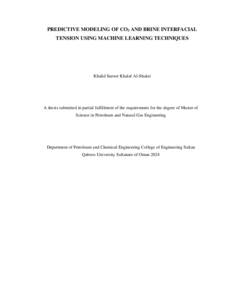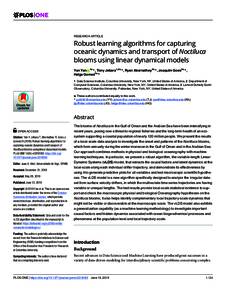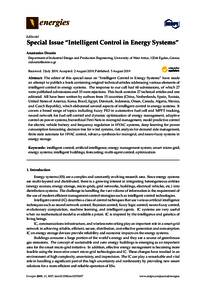Document
Defining artificial neural network hyperparameters for forecasting spare parts demand : case study in the oil and gas industry in Oman.
Publisher
Sultan Qaboos University.
Gregorian
2020
Language
English
English abstract
The objective of any supply chain management is to maximize the overall value generated. The
forecast plays a vital role in achieving this objective because it impacts decision making throughout
the supply chain. The intermittent and the non-stationary demands patterns are the most common and
challenging behaviour observed in the supply chain, particularly spare parts. Given the importance of
the forecasts and the associated challenging demand behaviours, several forecasting techniques have
been developed in the industries. One class of these forecasting techniques is the statistical forecasting
methods, which depend on the historical demands to predict the future. The most widely used
statistical forecasting methods for intermittent and non-stationary demand are Croston's methods and
ARIMA. However, these methods have shown to have limitations, especially when dealing with
highly erratic data. In such a case, the data needs to smoothen first before these forecasting techniques
can be applied.
On the other hand, there is an evolution of advanced statistical techniques such as ANN in developing
forecasting methods. The ANN-based forecasting methods have shown the potential to outperform
the classical statistical methods. The supervised ANNs are well-known for abstracting the underlying
unknown relationships without prior assumptions about problems under the study. However, the
ANN models can only perform well if their hyperparameters were selected correctly. The three most
widely applied supervised ANN are the feedforward, LSTM, and CNN. Several studies demonstrated
the effectiveness of the three networks in forecasting when their hyperparameters are selected
correctly. This study empirically identifies the hyperparameters that these three networks need to
forecast the most common and challenging spare part demands. The study includes developing an
ANN-based forecast, which then is applied in a case study to forecast real-life spare parts of a
domestic oil producing company to advise the company on the potential of the ANN and provide
practical recommendations for efficient ANN-based forecast.
Member of
Resource URL
Category
Theses and Dissertations

